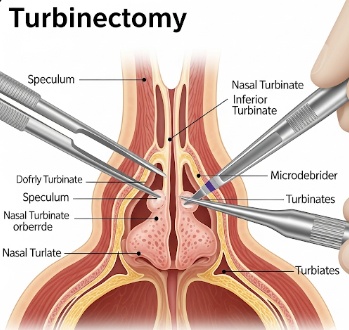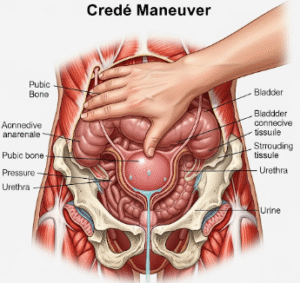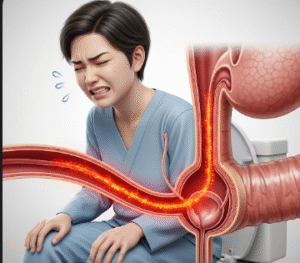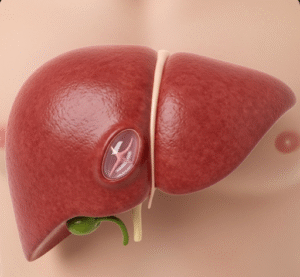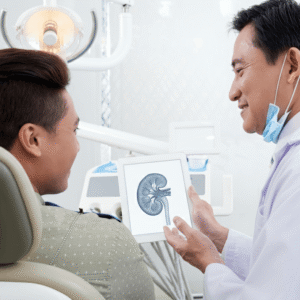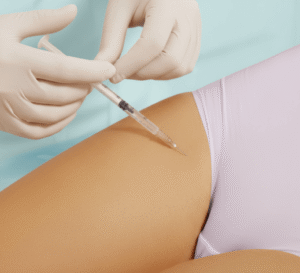Overview
Turbinectomy is a surgical procedure performed to improve nasal airflow by removing or reducing the size of the nasal turbinates—bony structures inside the nose that can become swollen or enlarged. It is often indicated for patients suffering from chronic nasal obstruction, allergic rhinitis, or recurrent sinus infections that do not respond to medications.
In Korea, turbinectomy is performed in advanced ENT centers using minimally invasive techniques, including endoscopic and radiofrequency-assisted methods, ensuring precise treatment, minimal discomfort, and quick recovery.
What is a Turbinectomy?
A turbinectomy involves removing or reducing turbinate tissue to allow better airflow and alleviate nasal obstruction. There are different approaches:
Types of turbinectomy:
- ✦ Partial or total surgical removal of the turbinate
- ➤ Submucosal reduction preserving the lining for faster healing
- ✦ Radiofrequency-assisted or laser-assisted reduction for minimal bleeding
- ➤ Endoscopic guidance for precise removal and improved safety
Conditions treated with turbinectomy include:
- Chronic nasal congestion or obstruction
- Allergic rhinitis unresponsive to medications
- Deviated septum or structural nasal blockage
- Recurrent sinus infections or sinusitis
What are the Benefits?
✅ Improved nasal airflow and breathing
➤ Reduction in chronic congestion and sinus pressure
✅ Enhanced quality of life with better sleep and reduced snoring
➤ Minimally invasive options minimize bleeding and pain
✅ Can be combined with septoplasty or sinus surgery in Korea for optimal results
Procedure Details
1) How should I prepare for Turbinectomy?
- ✦ Preoperative evaluation including nasal endoscopy and imaging
- ➤ Stop blood-thinning medications as advised by your ENT surgeon
- ✦ Avoid nasal sprays or decongestants on the day of surgery
- ➤ Arrange transportation as anesthesia or sedation may be used
2) What happens during the procedure?
- ✦ Usually performed under local anesthesia with sedation or general anesthesia
- ➤ Endoscope inserted into the nasal cavity for clear visualization
- ✦ Turbinate tissue is removed or reduced using a scalpel, microdebrider, or radiofrequency device
- ➤ Procedure may take 30–60 minutes depending on the extent and complexity
- ✦ Hemostasis is achieved, and nasal packing may be placed temporarily if needed
3) What happens after Turbinectomy?
- ✦ Patients usually go home the same day (day surgery)
- ➤ Mild nasal congestion, bleeding, or crusting may occur for a few days
- ✦ Nasal irrigation and saline sprays are recommended for healing
- ➤ Follow-up with the ENT surgeon for 1–2 weeks to monitor recovery
- ✦ Most patients experience improved breathing within 1–2 weeks
Risks / Benefits
Possible Risks:
- Mild bleeding or crusting
- Infection (rare)
- Persistent congestion or recurrence of symptoms
- Rare complications: numbness, scarring, or excessive dryness
Benefits:
- Immediate relief from nasal obstruction
- Improved breathing, sleep, and quality of life
- Minimally invasive techniques reduce pain and recovery time
- In Korea, advanced endoscopic methods minimize complications and improve outcomes
Recovery and Outlook
- ✦ Most patients return to normal activities in 1–2 days
- ➤ Avoid strenuous activity for 1 week
- ✦ Full healing of nasal mucosa may take 3–4 weeks
- ➤ Symptoms of congestion and obstruction usually improve significantly
- ✦ Korean ENT centers offer postoperative care including irrigation and follow-up to ensure optimal recovery
When To Call the Doctor
⚠ Excessive or prolonged bleeding
⚠ Severe nasal pain or swelling
⚠ Fever or signs of infection
⚠ Persistent nasal obstruction despite surgery
Best Korea Option / Process
Korean hospitals provide state-of-the-art ENT care, offering:
- ✦ Endoscopic, minimally invasive turbinectomy techniques
- ➤ Radiofrequency or laser-assisted tissue reduction
- ✦ Combined procedures for septal or sinus correction if needed
- ➤ Highly experienced ENT surgeons and anesthetists
- ✦ Day surgery with rapid recovery and follow-up care
- ➤ English-speaking coordinators for international patients
Highlights of Turbinectomy in Korea
- ✅ Improves nasal airflow and reduces chronic congestion
- ➤ Minimally invasive with fast recovery
- ✅ Can be combined with other nasal surgeries for optimal results
- ➤ Advanced endoscopic and radiofrequency techniques
- ✅ High success rates and patient satisfaction in Korea

